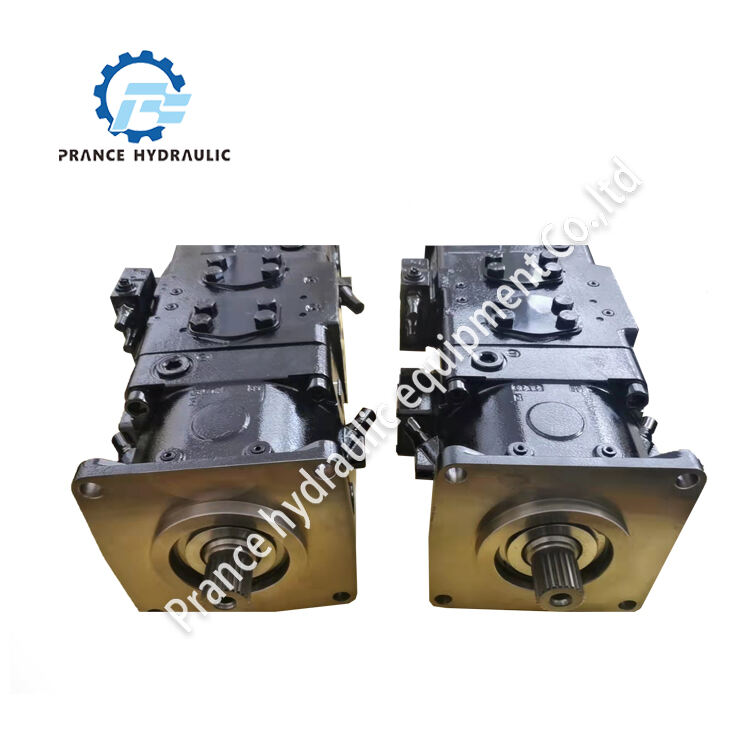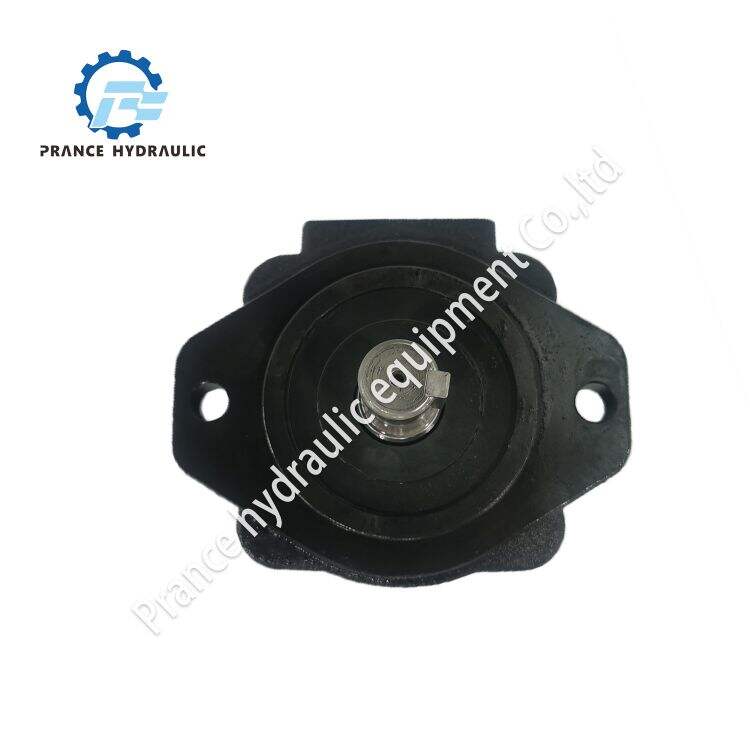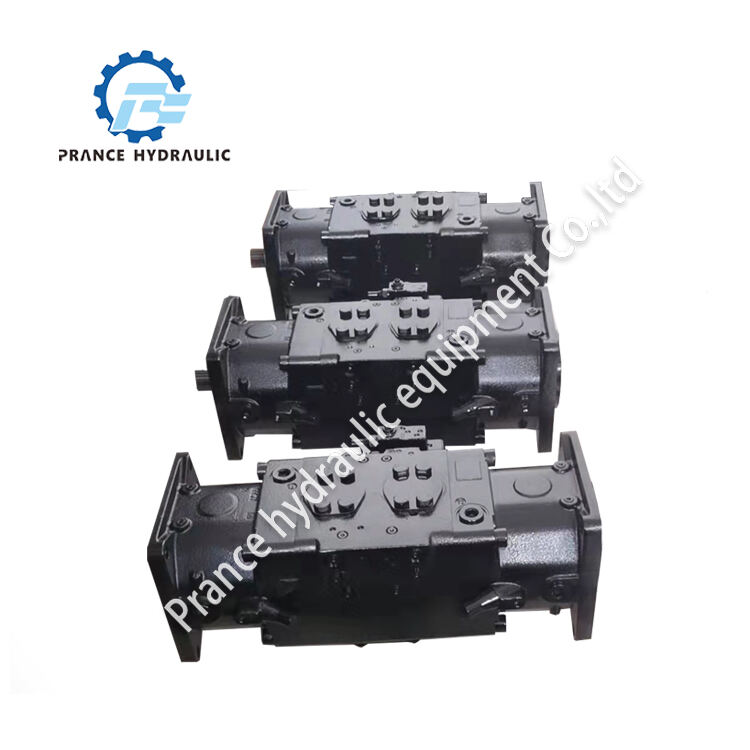A 방출 밸브 수압식 액체의 도움을 받아 물건을 움직이는 독특한 기계입니다. 다양한 장소에서 사용되어 기계들이 더 효율적으로 작동하도록 합니다. 이번 수업에서는 하이드라울릭 펌프가 어떻게 작동하는지, 어떤 것을 선택해야 하는지, 어떻게 관리해야 하는지, 그리고 왜 다양한 작업에서 유용한지 알아보겠습니다.
유체 — 예를 들어 기름이나 물 — 은 하이드라울릭 펌프에 의해 움직임을 발생시키는 데 사용됩니다. 이들은 기계 에너지를 유체 에너지로 변환합니다. 이로 인해 압력이 생성되어 액체가 파이프를 통해 흐르게 됩니다. 그리고 이 압력은 기계들이 작업을 수행하는 데 도움을 줍니다.
선택할 때 트랙터 하이드라울릭 펌프 또한 압력과 유량 요구 사항을 고려해야 합니다. 펌프의 크기와 사용하는 액체도 고려해야 합니다. 기어 펌프, 베인 펌프, 피스톤 펌프 등 다양한 종류의 하이드라울릭 펌프가 있습니다. 각각 다른 강점을 가지고 있으므로 작업에 가장 적합한 것을 선택하는 것이 중요합니다.

정상적으로 작동하려면 정기적으로 점검하고 지침을 따르며 관리해야 합니다. 이는 액체 수준을 모니터링하고 필터를 정기적으로 교체하며 누출이나 이상 소리를 확인하는 것을 포함합니다. 펌프를 더 잘 관리할수록 더 오래 사용할 수 있고, 수리 비용도 줄어들 것입니다.

하이드라울릭 펌프의 용도 건설부터 농업, 공예품 제작에 이르기까지 다양한 작업에서 하이드라울릭 펌프가 필요합니다. 그들은 크레인과 불도저와 같은 기계들이 무거운 물건을 옮기고 어려운 작업을 수행하도록 돕습니다. 하이드라울릭 펌프 없이는 삶이 훨씬 더 복잡해질 것입니다.

하이드라울릭 펌프를 사용하는 이유는 다양합니다. 작은 공간에 많은 파워를 전달할 수 있고, 빠르게 작동하며 안정적인 압력을 유지하기 때문입니다. 이는 특정 작업에서 정확성과 제어가 필요한 경우에 매우 적합합니다.